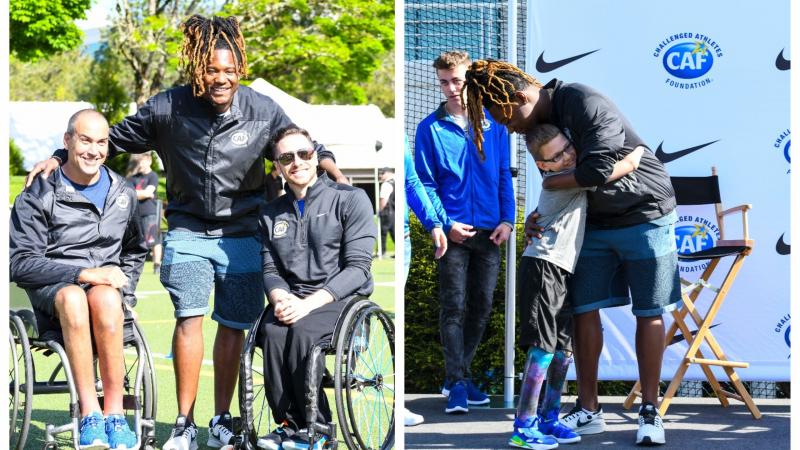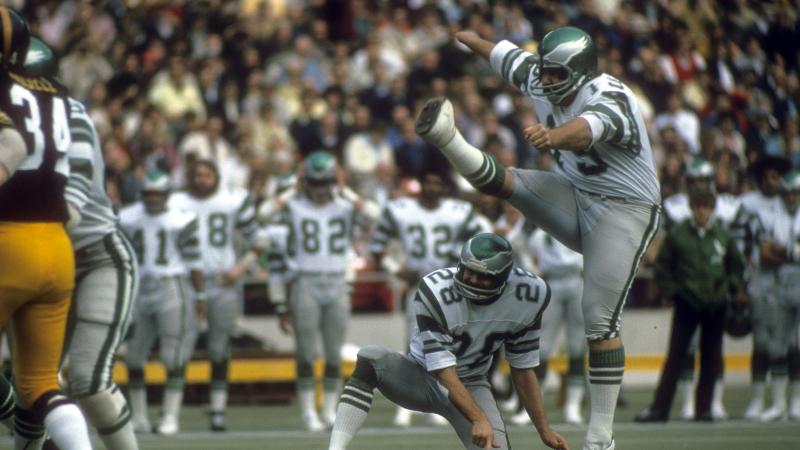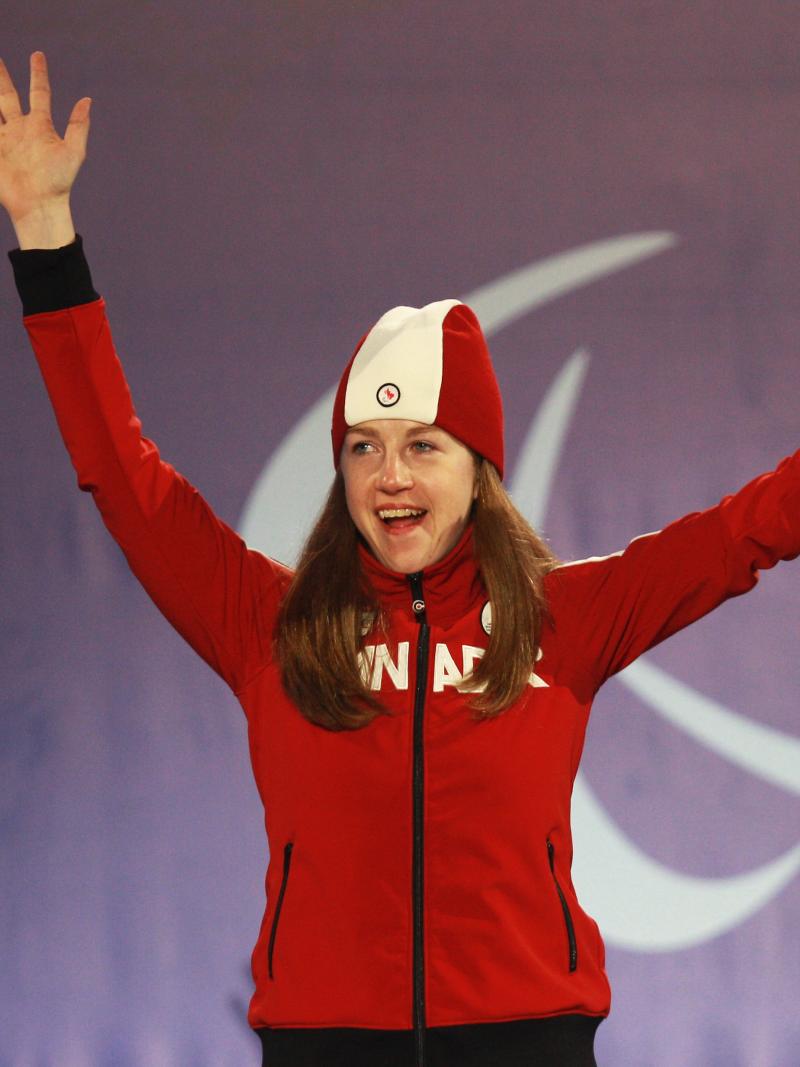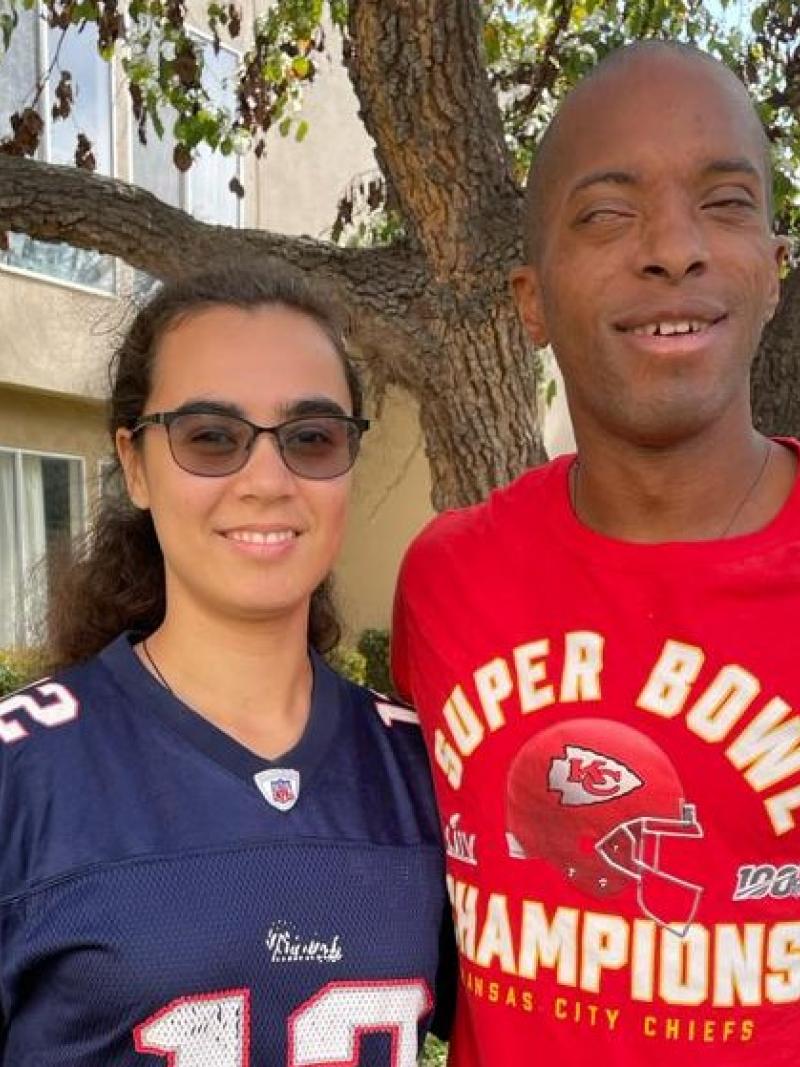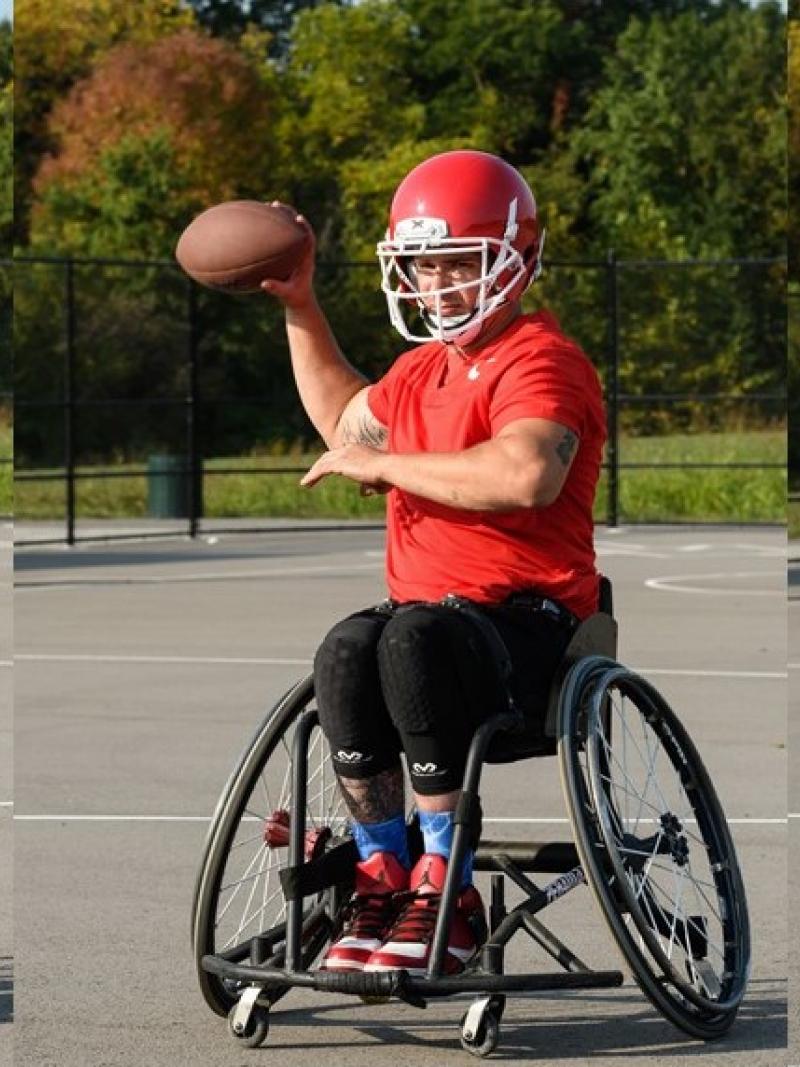As Super Bowl shines, so do NFL players with disabilities
How American football players Shaquem Griffin and late-Tom Dempsey inspire generations of onlookers 06 Feb 2021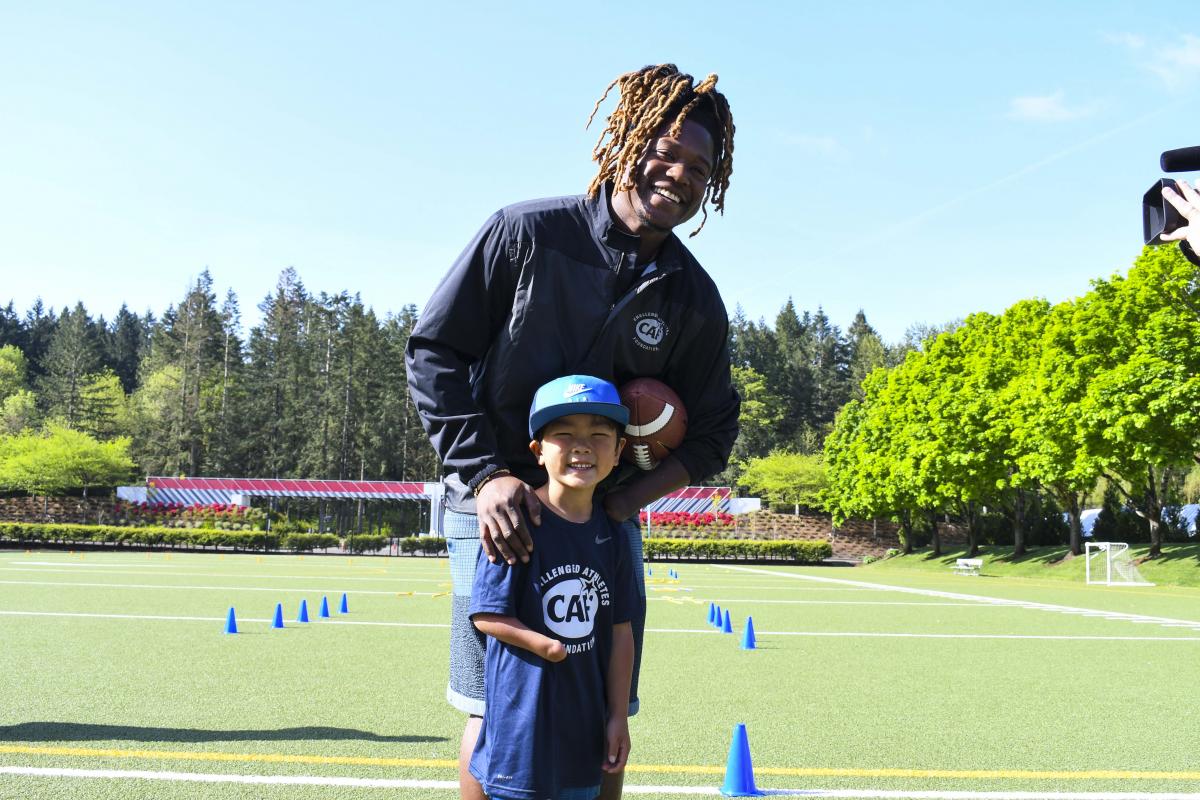
Tampa Bay Buccaneers’ Jason-Pierre Paul did not let the loss of his right index finger and part of his thumb stop him from a Super Bowl LV appearance on Sunday, 7 February. In fact, the NFL has had athletes with disabilities reach remarkable heights.
Before Paul, whose hand was injured in a fireworks accident, there was the late-Tom Dempsey. Born without toes in his right foot or fingers in his right hand, Dempsey kicked a record-breaking, winning field goal for the New Orleans Saints in 1970. In 2018, the Seattle Seahawks drafted Shaquem Griffin, who had his left hand amputated at a young age.
For Dempsey and Griffin, American football changed their lives in many ways. And they changed the lives of others and the game as well.
GRIFFIN INSPIRES A GENERATION
Throughout his three NFL seasons, Griffin has narrated his journey through various platforms: media interviews, a powerful essay for The Player's Tribune, and even in a book co-authored with twin brother and Seahawks teammate Shaquill.
But one medium holds a special place in his heart: when he speaks directly with children with disabilities. Much of his philanthropic work has been with the Challenged Athletes Foundation (CAF), a non-profit organisation that empowers individuals through sports.
"When Shaquem got his contract with the Seahawks, we reached out immediately to congratulate him because it was such a milestone for adaptive sports," said Laura Wolf Stein, CAF's PR and marketing director. "It was the first NFL contract for someone with a physical disability, and there aren't that many professional sports contracts for athletes with disabilities."
In April 2019, Griffin attended a CAF adaptive sports clinic at Nike Campus in Beaverton, Oregon and supised then-10-year-old Izzy Turkington with a pair of running prosthetics.
"It was incredibly memorable and inspiring for our athletes to see him up there as a signed Nike athlete, as a professional NFL player," Stein said. "[It was] tremendously inspiring for the 100-plus kids and adults with physical challenges who were at that event."
Another one of those athletes was Jake Eastwood, who is a senior at Jackson High School in Seattle, Washington.
"I actually met Shaquem a couple of times," Eastwood said. "He's a really cool dude, fun to talk to. It's just cool to see him overcome his disability and being able to play at the highest level there is — being able to watch someone so I can take it to the sport that I love, too."
That sport is wheelchair basketball, which has top-level programmes around the USA at universities in Missouri, Arizona and Auburn, options Eastwood hopes to play in. He wants to make the Under-22 team and compete at the Paralympics Games one day.
"What I got from [Shaquem's speeches] was, 'Don't give up' and 'No matter what, even if you do have a disability of any kind, you can still do anything you want if you put the work in and you put your mind to it," Eastwood said. "It obviously worked out for him, and it's just really cool to see."
DEMPSEY AND ‘THE KICK’
Dempsey played in the NFL for 11 seasons. But his year with the Saints was one for the history books.
On 8 November 1970, Dempsey made 'The Kick', a 63-yard game-winning field goal that became the longest ever recorded. He held the record until Matt Prater broke it in 2013.
Dempsey kicked with his right foot using a shoe that featured a flattened toe area and enlarged front surface. Previously, he used a sock, plastic and tape.
“They were saying that he had lead in his shoe, some kind of a bouncy rubber in his shoe, all kinds of stuff,” explained Bill Bergey, a former Philadelphia Eagles linebacker who was Dempsey's teammate from 1971-1974. “They did everything they could to make him look like he was doing something illegal, and he absolutely wasn't.”
Bergey asked Dempsey about how he felt about it.
“They're talking about that's an advantage for ya,” Bergey recalled. “And he said, 'I want the NFL to tell me I can't do that because I'll sue 'em like you can't believe.' He took pride that he wore this boot on his shoe, and nobody was gonna stop him from doing it.”
The NFL drew up the Tom Dempsey Rule, which in 1977 stated that 'any shoe that is worn by a player with an artificial limb on his kicking leg must have a kicking surface that conforms to that of a normal kicking shoe'.
Dempsey did not seem fazed, and Bergey described him as a teammate who never shied away from gridiron grittiness.
“I'll never forget the way he would go on down at kickoff — he didn't care how hard he hit anybody,” Bergey said. “Most kickers in the NFL kick the ball and they run right to the sideline, they don't want to be touched. Well, that's not Tom Dempsey — he wanted to stick his nose right in it. I saw him lay out a couple of guys that had to be helped off the field after he hit them, and it seemed like he really enjoyed doing that, too. That's what made him such a special teammate.”
“I appreciated what Tom went through and how he arrived at the heights he arrived at,” Bergey said. “I know what it takes to get there, and it's a tough, tough, proposition. In that regard, I can say, I've got the ultimate respect for Tom Dempsey.”





